
Click here for Part One of our set visit; an introduction to the film
Click here for Part Two; speaking with director Carl Rinsch
Keanu Reeves
It's been a while since we've seen Keanu Reeves in a big budget action film, but 47 RONIN is going to fix that. As someone who clearly enjoys Asian cinema—from the martial arts showcases of THE MATRIX trilogy and his directorial debut MAN OF TAI CHI, to his recent production deal developing films for the Chinese market—it's not a surprise to see him take on the role of Kai. We spoke to him during our set visit about embracing the art, the culture and fighting style of the samurai:
On learning Japanese:
Carl wanted the actors speak in their native feeling. When we do the Japanese, takes I try to be as a familiar as I can with the dialogue. So I've been getting some instruction on pronunciation and it's been fun. Personally, for me, it's exciting acting in another language. But it has its challenges. Oftentimes when we get changes in the script at the 11th hour it becomes kind of scary because you've worked so hard to figure out this chunk of dialogue and someone says, "How about this?" and that's very challenging. But it's been fun.
On what drew him to the film:
The story. When I first read the script it had the largesse of a western and the character that I play is kind of an outsider. I always talk about it as a story of revenge and impossible love. And for drama that’s good stuff. Sucks in life, but in a movie that's good stuff. So I was drawn to this guy who's an outsider. He's involved in this culture but outside of the culture and wants to belong and who has the chance to fight for it. Belonging by fighting for the cause—I found that interesting.
And from conceptual to previz, I was impressed by the scale and invention. I like the idea of actually being in a place and filming something. I've worked in the construct before and I enjoy that as well, but it's nice to have flesh and blood and walls, even if they're made out of paper and plaster.
On shooting in 3D:
I'm really digging the 3D. I overheard what Carl said about the size of the camera and going back to a traditionalistic style. The thing that I like about what I'm finding is, when I'm watching the way that John Matheson, our cameraman, is working—often times when we think of 3D, we think of things coming out of the screen. But actually, you’ve got this zero and you’ve got this negative space of what's being filmed and the positive space of the audience. As you have things come out, you can also have all this depth. And with this "traditional classicism" you get this scene in a grand story with those sets. Now you feel depth and you go inside that story. It's like walking on to a stage while actors are performing. I really liked how they're using the immersive potential of 3D. And they're taking risks. Did you see what's going on out there? I haven't seen that.

On the action and training with Hiro Sanada:
Actionwise, late last year I started picking up the katana. We had some training. Hiroyuki Sanada is pretty fantastic with a sword. Films like TWILIGHT SAMURAI and LAST SAMURAI. He kind of grew up with Sonny Chiba. I remember we were doing a camera test and I was like, "Hiro, how many samurai films have you done?" "Hmmm, 20." And later I asked, "How many have you done again?" "Hmmm, 30." One day in Los Angeles, in training, he came over and he kind of warms up a little bit. And I'm taking lessons from this gentleman and he tells Hiro to do an overhead strike. And he goes like this and Hiro goes like this… and the blade is right up against his Adam's apple. And I go, Okay, there's the bar.
What's great about working with someone so experienced is he's so generous with his help. Put your foot here, keep your balance here, checking form. He's great with all the cast and making sure everything is right. He's like Oishi; he's this guy that’s looking out for everyone. Looking out for Ako. Looking out for the cast. Looking out for the production. We had this scene together and they're doing these shots on the Phantom, the high speed digital camera. And I'm kind of like this caveman and in super slow motion his every line is just so beautiful. So hopefully that'll be a nice contrast.
And we're trying to do traditional two-handed swords. Hiroyuk's really paying attention to that. And I've got this other past and this other training where I go in to one-handed stuff. There's one sequence where they're doing a bunch of it. I've only done one wire so far. We were doing this escape scene and I had to jump down, so that was fun. And there's another sequence with some wire stuff, but this is more earthbound
On capturing "bushido" (the way of the samurai):
These actors walk on the floor. They get it. Honor. Placement. Status. Culture. How to express yourself. But the idea of honor, being a samurai—one of the interpretations is to serve. And Sanada-san's character does that. So you see some from Kai's perspective, but mostly it's from the filmmaker's perspective. I don’t know if it's so foreign to western audiences, the idea of honor and revenge. I think maybe some of the behavior correction, but maybe not. In terms of how deep you bow, maybe, or when you reveal something. How you express doubt or intimacy. I still don't know if I understand bushido.

On his research for the role:
I watched a lot of samurai films and spending time with the actors. Spending time with Hiro. Hiro gave me a nice afternoon about bows. I went to school in the different ways to sit, where to put hands, what levels to pay respect.
Also, reading a little bit on Japanese perspective. A lot of people have spoken about: is what the 47 Ronin did correct. Should they have fought that night? Should they not have fought that night? And there are some people who say they should've fought that night and died trying. And there's others that say well what they did was okay, because they came back. And that’s that conversation.
On how race informs the character and story:
It's kind of non-race specific. It's more about the "other" and in the story I'm discovered by Lord Asano and Oishi when Kai is 13 years old. We come to learn later that he escaped from this place, but he's different. And Oishi comes up to me and I'm kind of disheveled and distraught and exhausted and I pull a knife on him. And he takes my hand and I think is going to use it against me—we haven’t shot the scene yet—and Lord Asano says, "Stop!". And Oishi says, "My Lord, it's a devil." Asano says, "It's a young boy." So we're showing Asano as being someone who's not xenophobic. Ako is kind of this Camelot.
We have the same goal. By my actions, they learn about Kai. His grace His ferocity. And his commitment to what they're doing. It's 47 guys and in the end they accept him. They take a blood oath. They have a commonness and common idea of honor and revenge. But I still can't take the princess out for dinner. "C'mon princess! C'mon Mika! Let's go get a meal."
On the Japanese actors' view of the film's fantasy world:
Everyone that’s doing the film likes the idea of it. Likes the idea of reinterpretation. Likes the idea of telling the story, but also making a Hollywood movie and making it fantastical. And to the story, it's so different. The circumstances. We're really playing with some of the bigger ideas of the story. And hopefully with this interpretation, some people will have fun with it.
We're doing little pieces [of the historical story]. So it could be a very high-end 47 Ronin drinking game. "Chikara! He split the arrow! Have a drink!" Or if you're studying it in school, that could be the test. "How many things in the Hollywood version are…" Or "Contrast and compare the chushingura and 47 RONIN…"

Hiro Sanada
Even Hiroyuki Sanada can't keep count of how many samurai movies he's starred in. If you're not a fan of Japanese cinema, chances are you've still seen the work of this incredible actor—from SUNSHINE to THE LAST SAMURAI to THE WOLVERINE (and even a small stint on "Lost"). It was a pleasure speaking to him during our set visit and seeing the faith that he has in 47 RONIN as a cross-cultural film.
On the difference from other samurai films he's done:
This is the most famous samurai story in Japan, but we have a lot of original ideas in the script. It's a very special movie for me. Not only a samurai movie. Not only a Hollywood fantasy. It has a very special mixture of Japanese traditional culture and Western culture. For costumes, set, story, everything.
On his history with 47 Ronin:
When I was 8 or 9 I saw the TV show 47 Ronin with Toshiro Mifune. He played Oishi. I watched with my brother. "Who's playing Kira tonight?" We fought every week. I've played Lord Asano before, directed by Kinji Fukasaku. So this is my second time doing 47 Ronin.
On filming a samurai movie someplace other than Japan:
I did LAST SAMURAI in Japan, LA and New Zealand. We created the whole village in New Zealand. So London, Budapest—feels the same. Even in Japan, it's very hard to shoot. Only in temples you can shoot. The city is too modern. So even if we made the film in Japan, we'd have to create sets like this from the beginning. We can do that anywhere
On working with Carl Rinsch:
When I met him, we talked a lot about the cultural things and the images of the film. He has a great sense visually and also respecting our culture and a good balance between visual and drama and action, so I thought If you're going to direct, we could make some new epic film together. So my fear was gone already.
On working with Keanu Reeves:
He's learned a lot, respecting the culture. I was surprised when I first met him. He knew a lot already and he learned a lot. Also, he learned Japanese. It's incredible. On the set you saw, sometimes he's switching to Japanese and English. Even for us, it's very hard to switch back and forth. First time he spoke Japanese, it was a very important scene between us. More than that dialogue, I was moved by his energy. He had perfect Japanese pronunciation. It was moving and surprising. From that moment, we were close. The wall was gone. Walls of dialogue or language or color or age. A lot of walls gone. A great part of Carl's direction is its very hard to direct for foreign languages. But he found a great way and an original way.

On working with 3D for the first time:
Yes. I was so excited. When I've done camera tests, after we shot and I saw the monitor with the glasses in my kimono, looking at myself in 3D. "Oh my God!" Especially for a samurai film. I've never seen that, so its kind of culture shock. I was a child actor, so when I started filming when I was five years old it was a black and white film. And then it changed to color and I was surprised and culture shock. I was 6 or 7 years old. And then 3D now… What's coming next? Very exciting.
On the choreography of the fights:
I've done a lot of samurai films in Japan and sometimes we do the choreography ourselves. This time was have a great choreographer on set. Sometime it's more western or Hong Kong style or a mix. So we try to make it different in the contrast between Keanu's special skills taught from the monks and traditional samurai style. But in the story we're learning each other by fighting against each other, but respecting each other.
Keanu learned samurai style. Because it’s a peaceful period in Japan, the Edo period, samurais only learned sword fighting in school, never fighting for real. But Keanu's character had to survive. So at the beginning, even the samurai never killed anybody before in their whole life, so we can learn from Keanu's character how to really fight. We have to use everything.
On mixing cultures and film industries:
At the beginning we discussed how to mix, how to westernize, because it’s a samurai story. If you change too much, Japanese audiences will have strong feelings against the film. So we found out the best mixture for costume, props, set, fighting style, acting—everything. Everyday, every scene, discussing a lot. We want to expand to world audiences, but we want to keep our culture. So always arguing and fighting and then finding the best way up to the final moments. "Okay, let's do it! Let's shoot!"
So this is a good thing. Mixing culture to create something new; create something no one's ever seen. It's a new history in the film, especially for us. A lot of countries are making films in English, but in Japan some are very shy to speak in English. But with Spanish movies, Indian movies—now we should open a gate to the world. The Japanese film industry must open up. So the timing is good. I'm glad to be here to create a new history in our industry. I'm very proud of this.



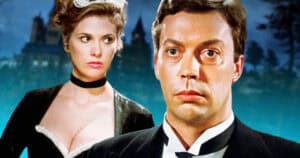
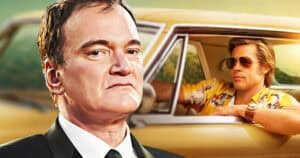
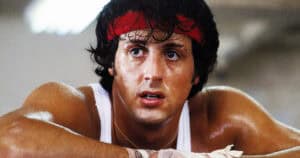
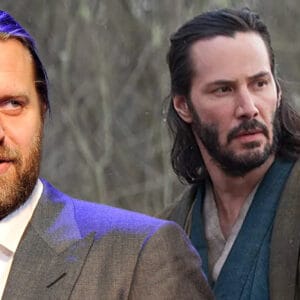
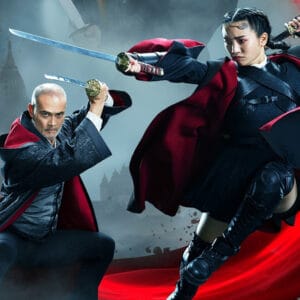
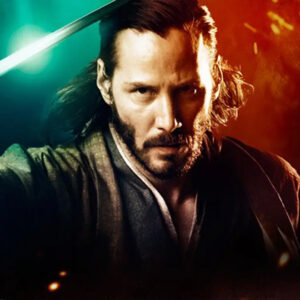
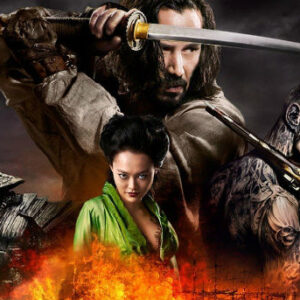
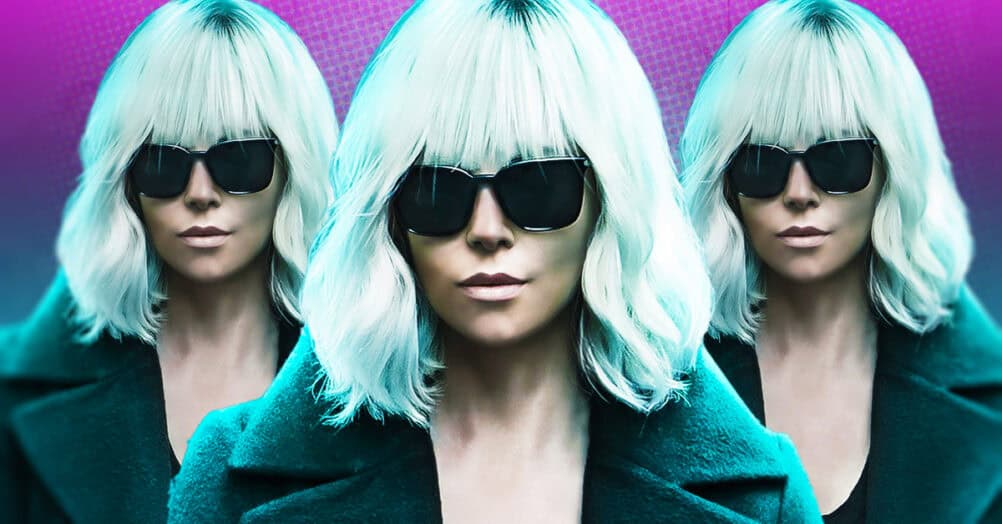
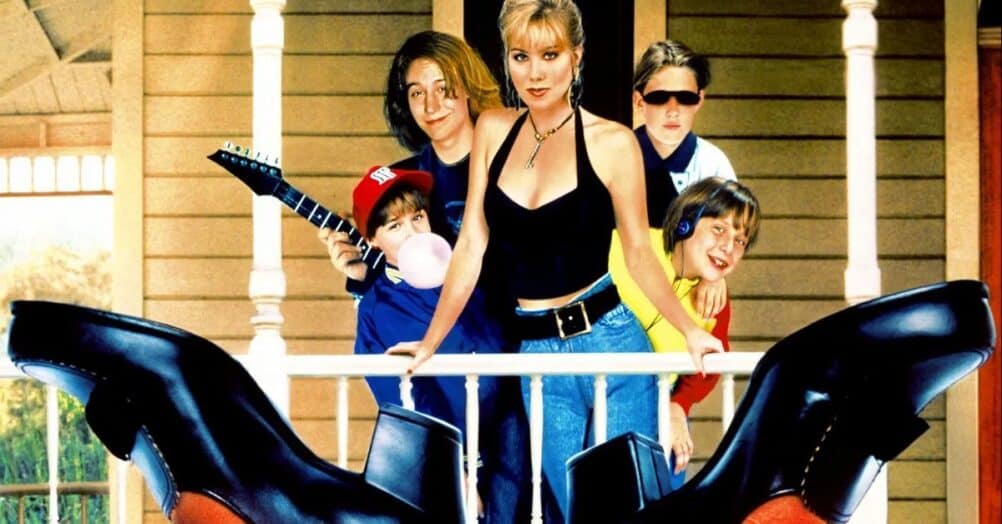
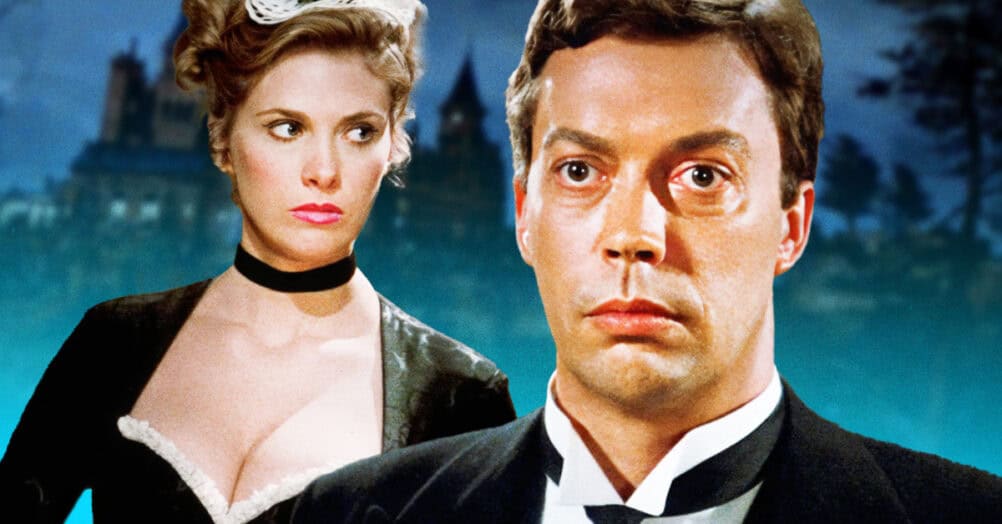
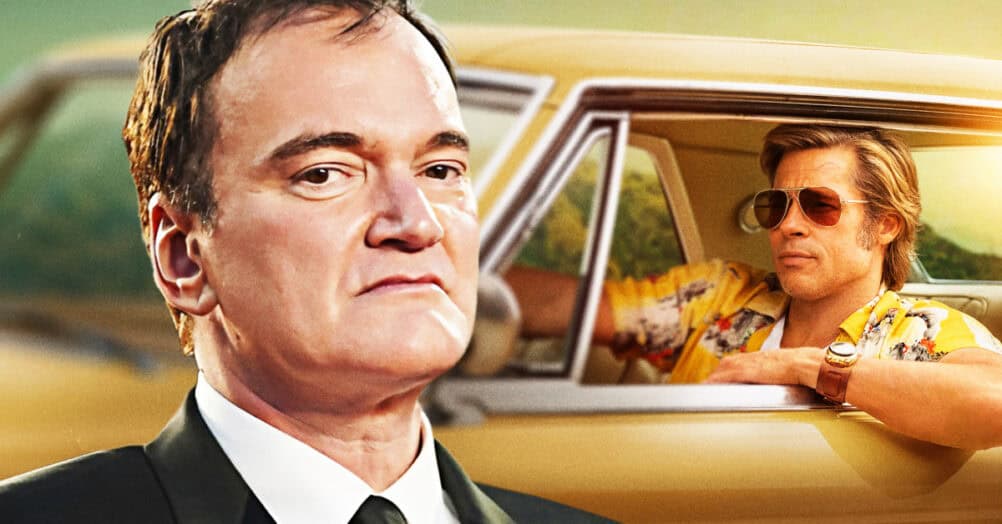
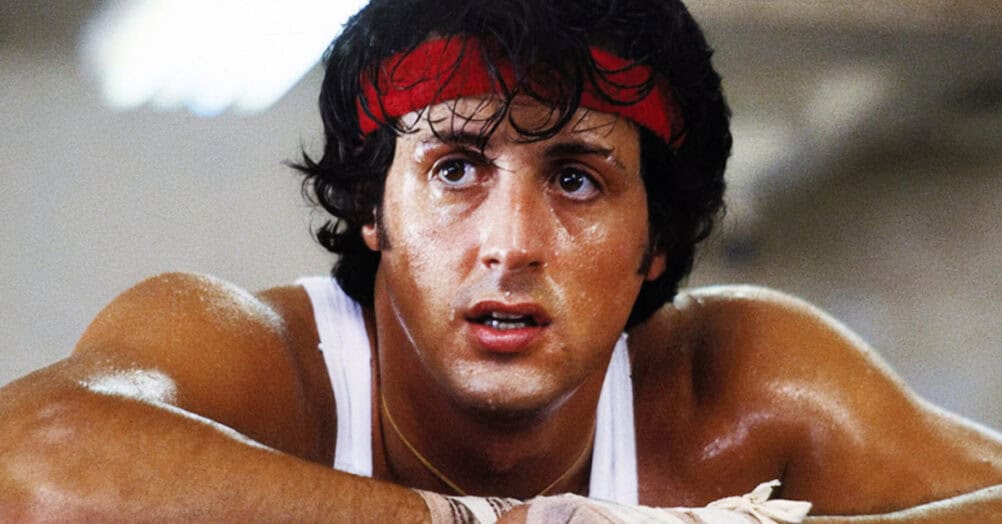

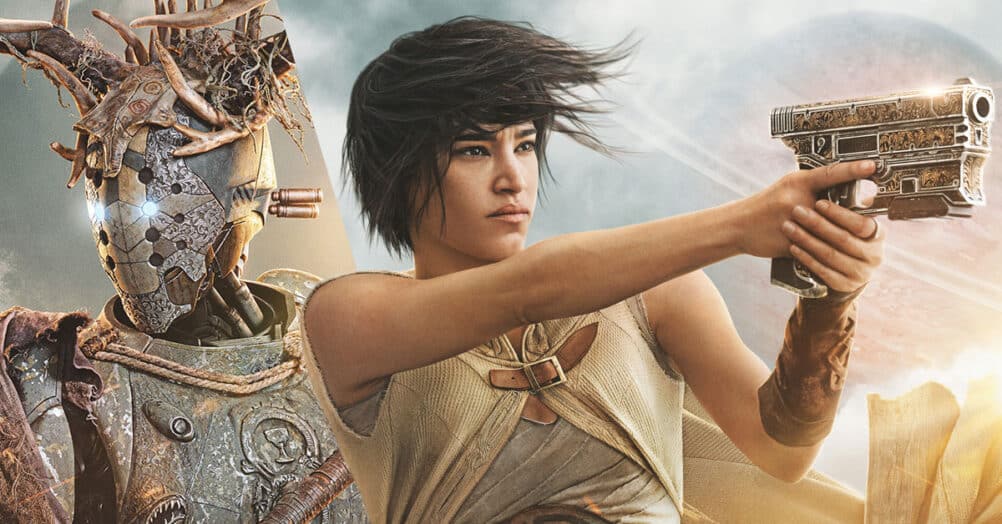
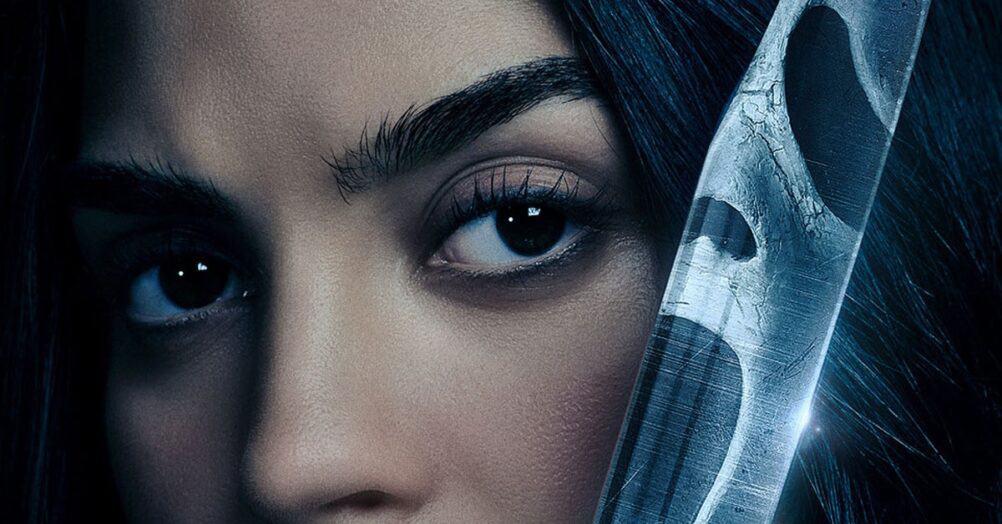
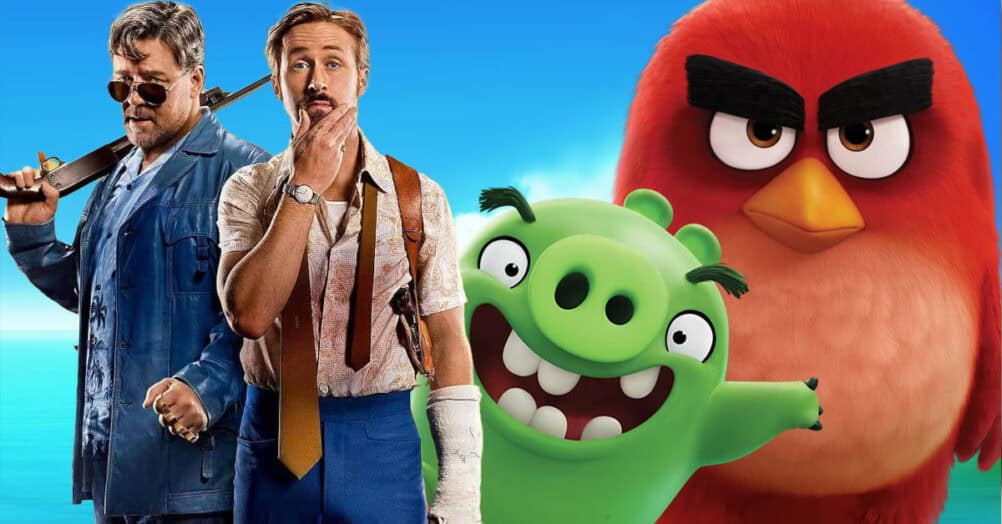
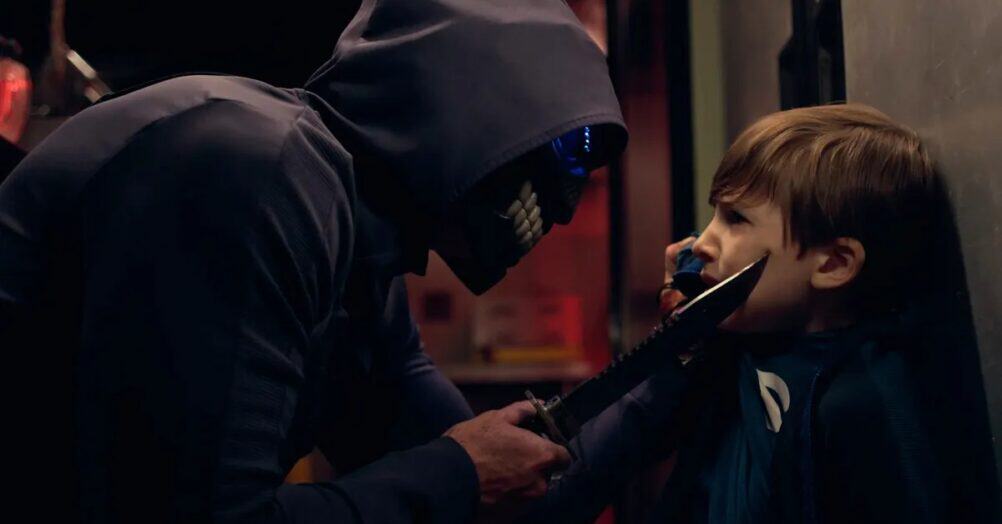
Follow the JOBLO MOVIE NETWORK
Follow us on YOUTUBE
Follow ARROW IN THE HEAD
Follow AITH on YOUTUBE